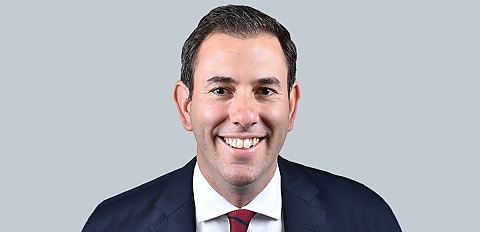Announced earlier this week (6 February), the Albanese government has confirmed it has introduced legislation to implement the changes to the stage 3 tax cuts, due to take effect on 1 July 2024.
The Labor government has lauded the changes to the tax cuts as a “plan for middle Australia” to address the ongoing cost-of-living crisis.
The Albanese government announced the changes in late January following criticisms of the already legislated tax cuts first introduced by the Morrison government in 2019, with the concerns centring around the original legislation’s efficacy in relieving cost-of-living pressures and the implications surrounding monetary policy decision making and inflation.
The new proposed tax cuts are as follows:
• A reduction in the tax rate to 16 per cent from 19 per cent for incomes $18,200–$45,000.
• A reduction in the tax rate to 30 per cent from 32.5 per cent for incomes between $45,000 and the new $135,000 threshold.
• An increase to the threshold at which the 37 per cent tax rate applies from $120,000–$135,000.
• An increase to the threshold at which the 45 per cent tax rate applies from $180,000–$190,000.
Commenting on the move, Treasurer Jim Chalmers stated the Treasury Laws Amendment (Cost of Living Tax Cuts) Bill 2024 will deliver tax cuts to “every taxpayer, and bigger cuts to more Australians in a way that doesn’t add to inflation or burden the budget”.
“The changes in the legislation are all about relief and reform – more relief for workers and better reform for our economy,” the Treasurer stated.
“We have found a better way to deliver tax cuts in a way that’s better for the cost of living, better for returning bracket creep, better for women and the workforce, and better for the economy.”
Mr Chalmers previously said that he had spoken to the governor of the Reserve Bank of Australia (RBA), Michele Bullock, about the inflationary concerns around the tax cuts, stating that “neither the Treasury [n]or the Reserve Bank expect[s] it to put upward pressure on inflation”.
Indeed, Ms Bullock further confirmed this assertion during the post-February monetary policy meeting press conference. Ms Bullock stated that the RBA believes the tax cuts will have no material impact on inflation or monetary policy.
According to the Albanese government, the new legislation would see all 13.6 million taxpayers receive a tax cut – 2.9 million more than under the original Morrison government plan and 11.5 million receiving a larger cut.
“It means that 5.8 million women (90 per cent of women taxpayers) will now receive a bigger tax cut. Nurses, teachers, and truckies are some of the most likely to benefit with more than 95 per cent of those taxpayers getting a bigger tax cut,” Mr Chalmers said.
“Cutting taxes for middle Australia is a central part of our economic plan – along with getting wages moving again, bringing inflation under control and driving fairer prices for Australian consumers.”
[RELATED: Revised stage 3 cuts ‘a plan for middle Australia’: PM]

